The European Commission has presented a proposal for a regulation on non-road mobile machinery (NRMM) such as agricultural self-propelled machinery, forestry machinery etc.
The proposal aims to harmonise the current region-specific regulations to facilitate the use of NRMM such as forage harvesters, combine harvesters, as well as other self-propelled harvesters and slurry tankers etc on public EU roads.
This also includes other sector-specific NRMM such as forestry machinery, hoists, cranes and forklifts. The future rules will ultimately replace the current fragmented regulations, with one clean regulatory framework for all EU member states.
Current rules
At the present time, NRMM is said to be already subject to certain harmonised rules, such as the EU’s Directive 2006/42/EC on safety with regard to the design and construction of machinery (the Machinery Directive), Directive 2014/30/EU on electromagnetic compatibility, and Regulation (EU) 2016/1628 on pollutant limits. However, these only cover certain aspects of this particular product sector.
Granted, the Machinery Directive 2006/42/EC is the main regulatory basis for the free movement of NRMM in the single market. It requires that such mobile machinery placed on the single market meets the essential health and safety requirements laid down in its Annex I. These requirements cover aspects of the off-road travelling function of mobile machinery such as slowing down, stopping, braking, seating positions, restraint systems, etc.
However, the essential health and safety requirements laid down by the Machinery Directive are only designed to address occupational safety, in other words when the machine is working but not during transport on public roads.
Legal frameworks
The current issue from an EU manufacturer’s point of view is that it faces a number of legal frameworks that often differ from one member state to another, which ultimately results in delays and significant costs in order to comply. In certain member states equipment owners may not be able to use certain equipment legally, yet they can in there home state.
The new rules are intended to reduce both compliance and administrative burdens. In essence, manufacturers will only need to request approval once in one EU country and the machinery will comply for road use in all EU countries.




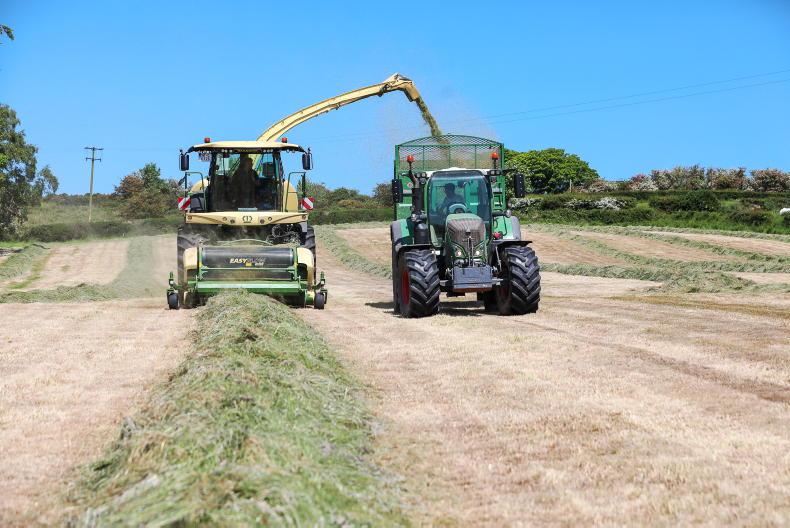
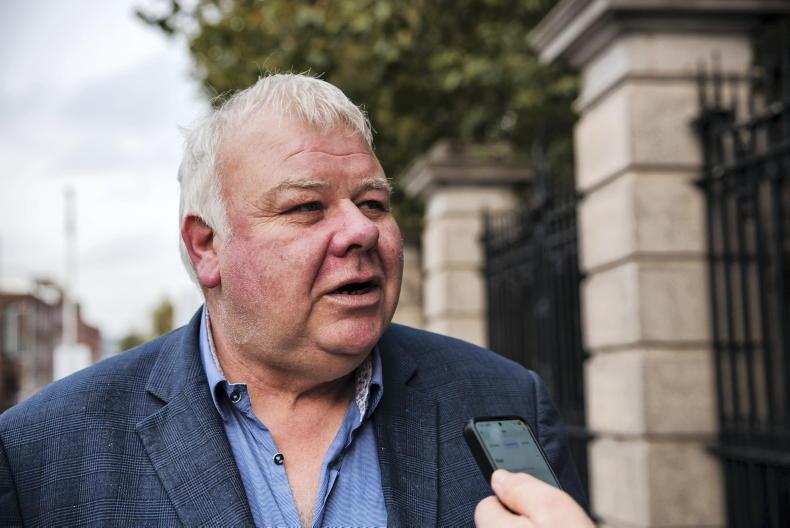
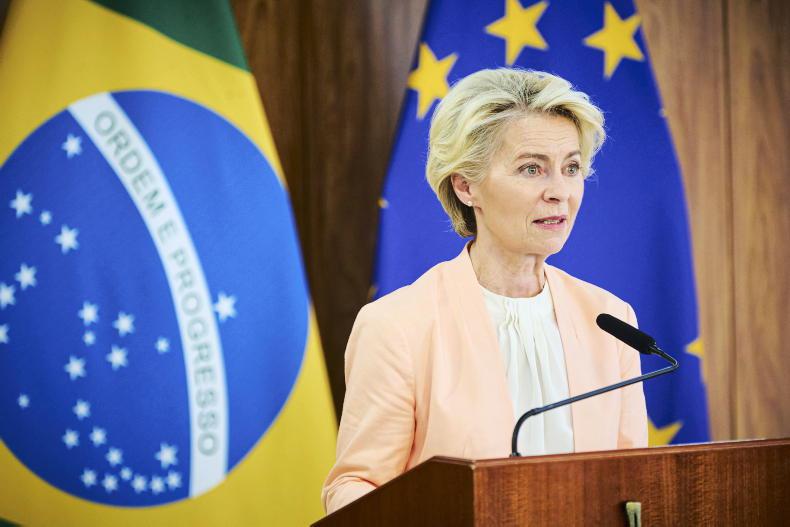
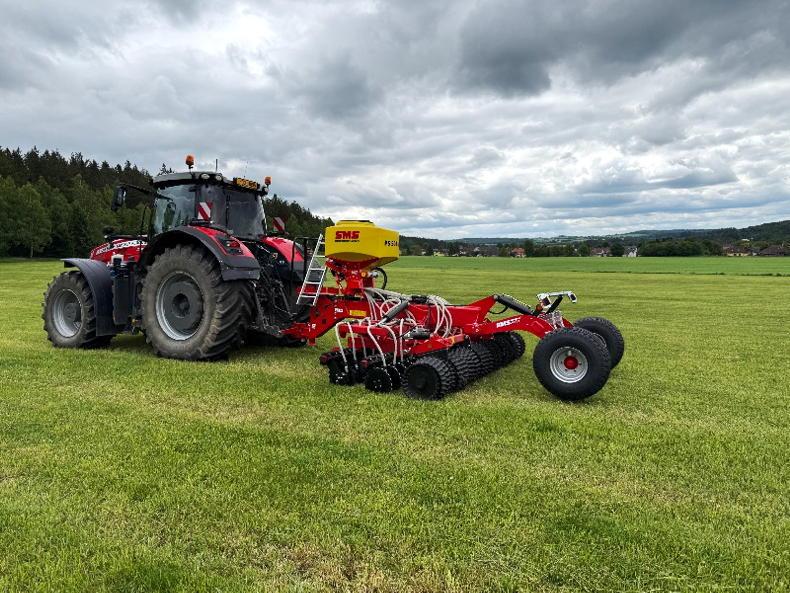
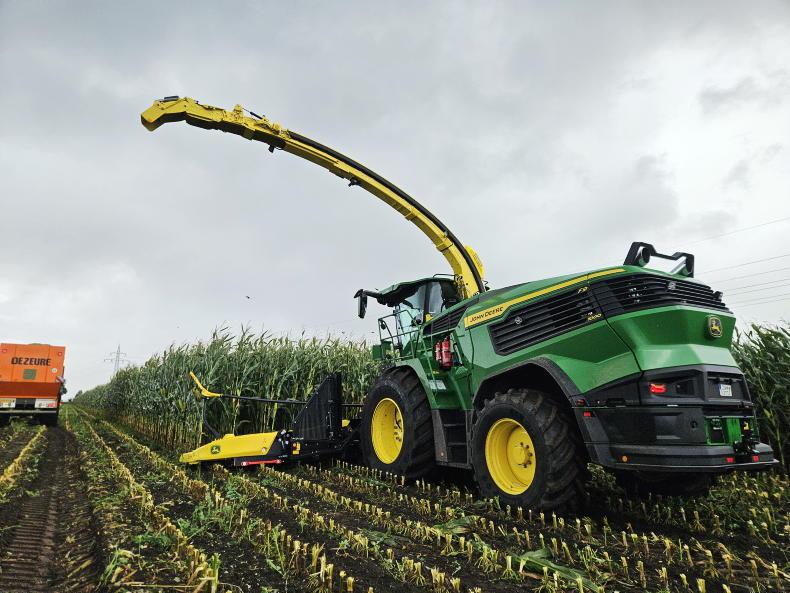
SHARING OPTIONS